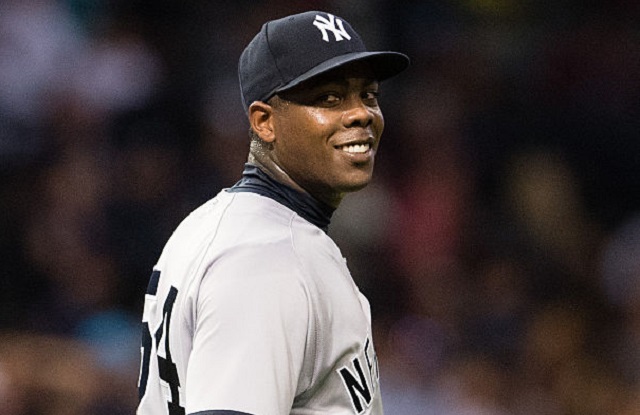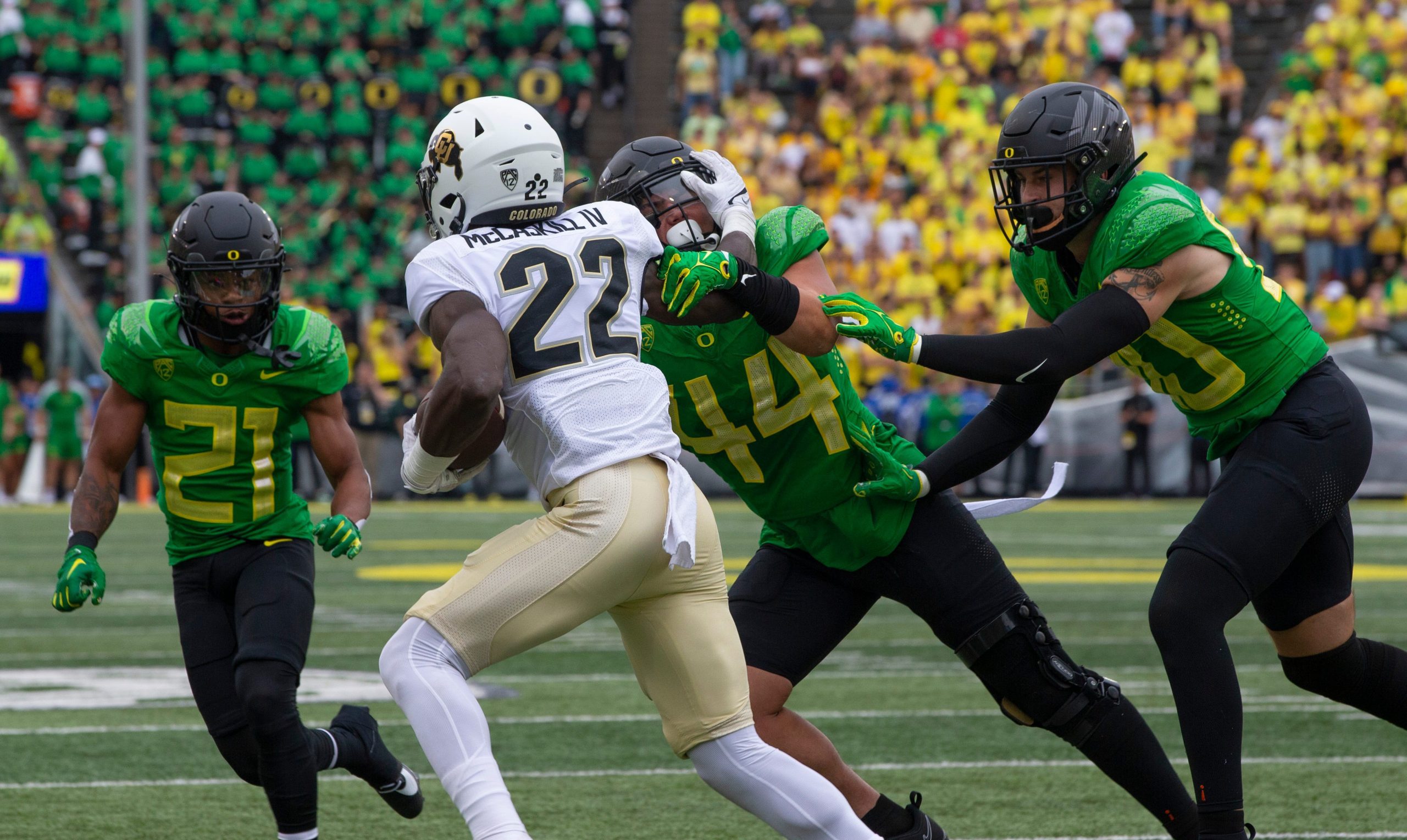Getting Aroldis Chapman was the trade the Chicago Cubs had to make. Had the Cubs not acquired the rocket-launching left-hander from the New York Yankees (though Andrew Miller would have certainly sufficed) or ended up settling for a lesser reliever, doubts and questions would linger around the team throughout August and September, and into October.
Going back to the offseason, the Cubs’ bullpen was perceived as the largest concern on a team widely expected to win the World Series. If not getting a shutdown closer to anchor that relief corps was viewed as the reason the Cubs didn’t fulfill those great World Series expectations, the outrage would have been deafening and ringing in Theo Epstein’s ears throughout the winter.
But even if the consensus opinion was that the Cubs had to get a capital-C Closer, the first half of the season provided an opportunity for manager Joe Maddon and the front office to see if their incumbent crew was good enough and perhaps allow for chasing less expensive middle relievers at the trade deadline. The results were pretty good. With a 3.83 bullpen ERA, the Cubs rank in the middle of the pack in the National League. Hector Rondon and his 1.95 ERA, with 48 strikeouts and five walks in 37 innings, was doing a fine job. Maybe the Cubs could get by with just building depth, giving Maddon plenty of options to bridge between the starting pitcher and closer late in the season and during the postseason.
However, those four blown saves on Rondon’s stat line may as well be in red font. That’s not an outrageous number, but it’s the third-highest total among NL closers. Fans certainly tend to remember the saves that got away, and it’s likely that teammates, coaches and executives linger on them as well. Doubt is not what you want from the guy who’s trusted with the ninth inning.
Look at last year’s Washington Nationals, who picked up Jonathan Papelbon despite Drew Storen compiling 27 saves, with a 1.89 ERA and 10.3 strikeouts per nine innings. Nats fans and the front office never forgot his Storen’s four-run meltdown in Game 5 of the NLDS versus the St. Louis Cardinals.
General manager Mike Rizzo wanted a more proven closer for the postseason and risked team chemistry by trading for the bellicose Papelbon. Storen was crushed by losing the closer job, upset by the lack of faith in him and the lack of respect for what he had accomplished that season. He never recovered and essentially checked out even before the Nationals eventually traded him after the season.
Were the Cubs in a similar situation here? Well, not exactly.
For one thing, Rondon didn’t have a postseason meltdown in a series-clinching game that fans and media are still talking about months later. Whatever doubts there might be about Rondon largely stem from his lack of experience (though this is his third season as the Cubs’ closer), especially under postseason circumstances, rather than an implosion that affected the path of a franchise and possibly derailed a World Series train.
Another reason that the Papelbon trade was so disruptive for the Nationals is that the other players in that bullpen, in that clubhouse didn’t believe that the right-hander was necessarily better than what they already had in Storen. Though still effective, Papelbon was past his prime and probably would have settled into a setup role on another team, if not for his stated desire to be the closer (and the Nats’ belief that they needed an upgrade). So why not let Storen be the guy?
There are no such misgivings with Chapman. Chapman and his triple-digit fastball are widely considered to be the best closer in baseball. Virtually any other closer in MLB would give up their job for him, even if grudgingly so, acknowledging that he’s the best and makes their bullpen much better. That’s essentially what happened with the Yankees, who already had Miller on hand. Despite 36 saves and 100 strikeouts in 61.1 innings, Miller deferred to Chapman. Because just about anyone, other than Mariano Rivera in his prime, would have to do the same thing. And at 28 years old, Chapman is very much in his prime right now.
The left-hander may have only 20 saves at this point of the season, tied for the fifth-best total in the American League. But the Yankees haven’t been what we typically expect them to be, trudging through a disappointing season that has them 7.5 games out of first place in the AL East. As a result, Chapman has had fewer save opportunities, only getting 21 thus far. Compare that to the 35 that Mets closer Jeurys Familia has received. Even Rondon has had 22 save opportunities this season. In every other area, Chapman is at the height of his powers, most especially with striking out 44 batters in 31.1 innings and clocking 105 mph on the Yankee Stadium radar gun.
Besides the obvious benefits of upgrading the Cubs’ bullpen, getting Chapman and making a big trade deadline deal provides a morale boost for a young team that could perhaps use a vote of confidence from the front office. The Cubs have been the best team in MLB during most of the season (and recently regained the league’s top record over the San Francisco Giants), but showed the effects of that long schedule by struggling before the All-Star break. Sustaining a high level of play for six months and 162 games can be difficult, even if a team has more talent than the competition.
But regardless of experience, players crave reassurance. They want to know that the front office and ownership are fully committed to winning and will provide whatever needed to accomplish those World Series goals (as if there was any doubt after the Cubs’ offseason spending spree). Adding Chapman is one hell of a pat on the back. The team felt it was one piece away, and found the best possible player to fill that role, giving up two top prospects and a valuable major leaguer for a player they may only have for three months.
Chapman gives the bullpen an unstoppable force at the back end, while also creating depth by moving Rondon and Pedro Stop one spot back in the pecking order. Mike Montgomery was also acquired to bolster the relief corps, giving Maddon many toys to play with in a bullpen that now goes six or seven pitchers deep. Starters may only have to go five innings in a postseason game, depending on how they’re performing.
The Cubs might not be done yet either, with a few days before the July 31 trade deadline. Maybe an outfielder or starting pitcher could also be added to the mix, further strengthening what already looks like a formidable roster. But the key piece is now there. Any excuses are now eliminated for the Cubs. All that’s left now is to win the whole damn thing.






